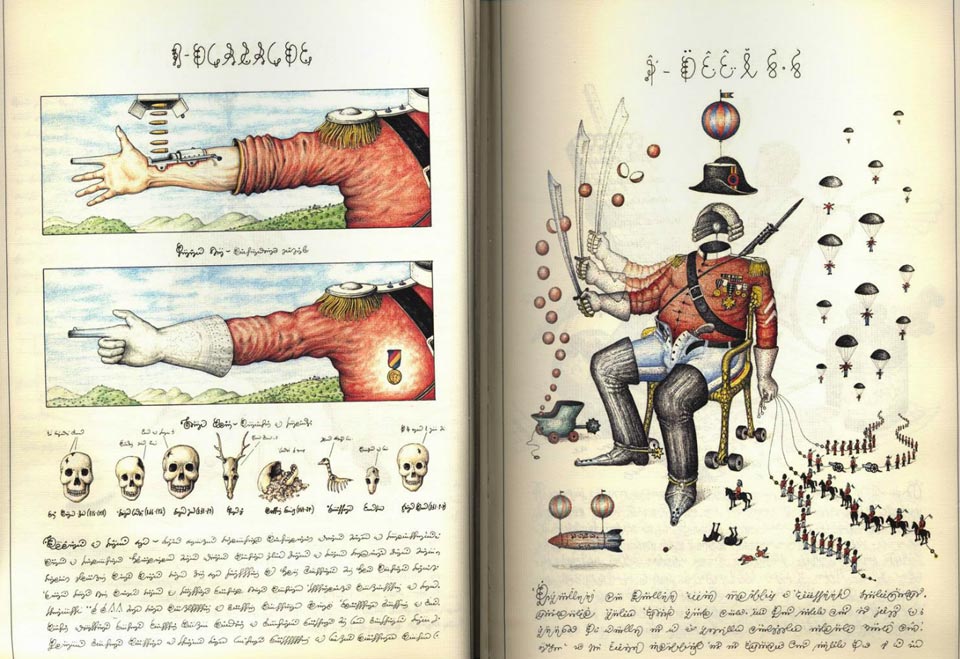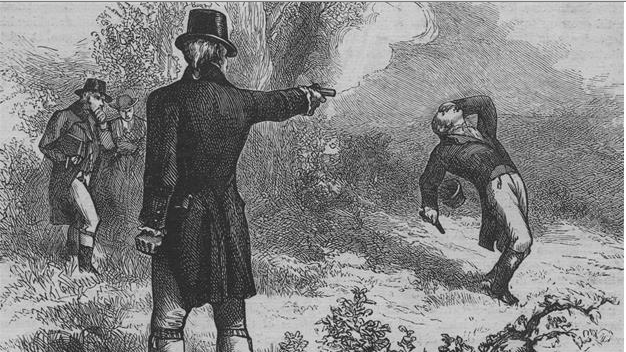Most film fans hold the work of Stanley Kubrick and Wes Anderson in high regard, even if they don’t find one, the other, or both to their particular taste. And at first glance, it might seem hard to understand what kind of taste could possibly encompass both Kubrick and Anderson. The former made mostly complex and emotionally chilled period pieces, visually grand yet stark, tinged with grim humor, and possessing a dim view of humanity. The latter makes colorful, outwardly high-spirited comedies, sometimes even animated ones, that seem to delight in their own carefully cultivated aesthetics.
But both bodies of work reveal directorial minds that take cinema itself very seriously indeed. “Kubrick is one of my favorites,” says Anderson in an interview clip used in the video essay comparing shots from his films to shots from Kubrick’s, just above. “Usually, by the time I’m making the movie, I don’t really know where I’m stealing everything from. By the time it’s a movie, I think it’s my thing, and I forget where I took it all — but I think I’m always pretty influenced by Kubrick.” That influence, on a visual level, does come through in this comparison, certainly in all those first-person perspectives and views through portholes, but even more so with the camera moves, especially in the tracking shots and zooms.
As Bill Murray said in a 1999 interview with Charlie Rose of Rushmore, the picture that would make Murray an Anderson regular, “Boy, this has got some great moves in it.” By that he meant “the way stories get told in pictures.” A filmmaker needs a script, of course, but “the way you shoot it, too, shows how you want to impact things on an audience.” He describes Anderson and his collaborators as possessed of “an enormous film culture,” recalling shots from cinema past and, in their own productions, repurposing them completely. Murray remembers Anderson describing a shot in Rushmore as “one I saw in Barry Lyndon.” “You remember Barry Lyndon?” Murray asks Rose. “It was this enormous thing. Ours, though, is the intermission of the school play.”
That school play, you may recall, appears as one of several put on by Rushmore’s protagonist Max Fischer, whose sensibilities (and artistic abilities) may differ from Anderson’s, but who shows just the same zeal for creatively “ripping off” from the movies. “I talk to a lot of those guys who come in here, these young directors,” Rose says of Anderson and his generation. “They’ve seen every movie. They’re more students of cinema than most.” Murray cautions that “it always gets perverted when people say, ‘Oh, the good ones copy, the great ones steal,’ ” an idea that can lead to empty formal tributes, but “Wes,” to his mind, was different. Possessed of both “mind and body,” he “just knows how to get these things together in one place,” using the language of cinema, whether invented or borrowed, for maximum impact — as, in a different yet startlingly similar way, did Kubrick.
Related Content:
Stanley Kubrick’s The Shining Reimagined as Wes Anderson and David Lynch Movies
The Perfect Symmetry of Wes Anderson’s Movies
Signature Shots from the Films of Stanley Kubrick: One-Point Perspective
A Glimpse Into How Wes Anderson Creatively Remixes/Recycles Scenes in His Different Films
Cult Films by Kubrick, Tarantino & Wes Anderson Re-imagined as 8‑Bit Video Games
Based in Seoul, Colin Marshall writes and broadcasts on cities and culture. He’s at work on the book The Stateless City: a Walk through 21st-Century Los Angeles, the video series The City in Cinema, the crowdfunded journalism project Where Is the City of the Future?, and the Los Angeles Review of Books’ Korea Blog. Follow him on Twitter at @colinmarshall or on Facebook.










